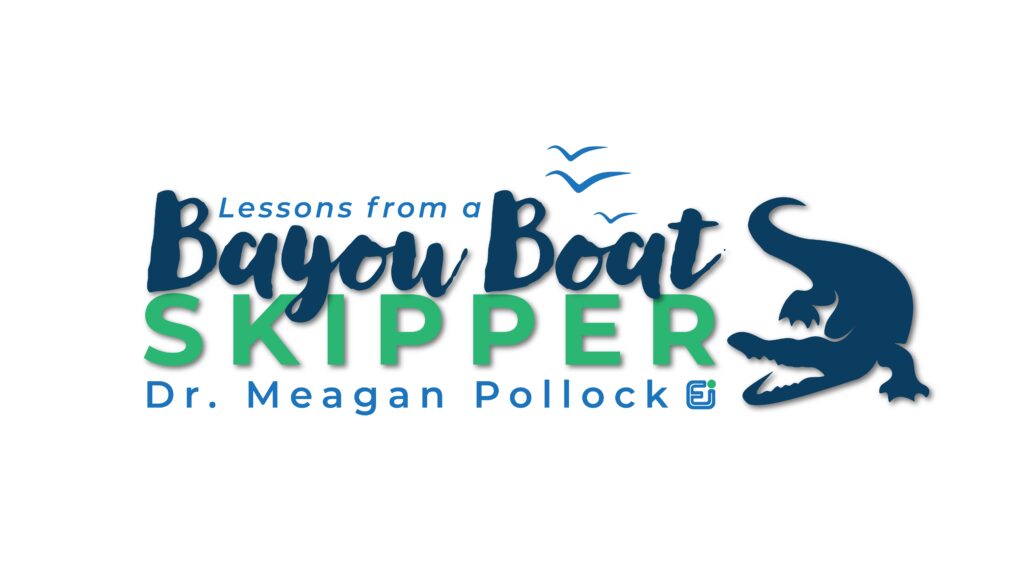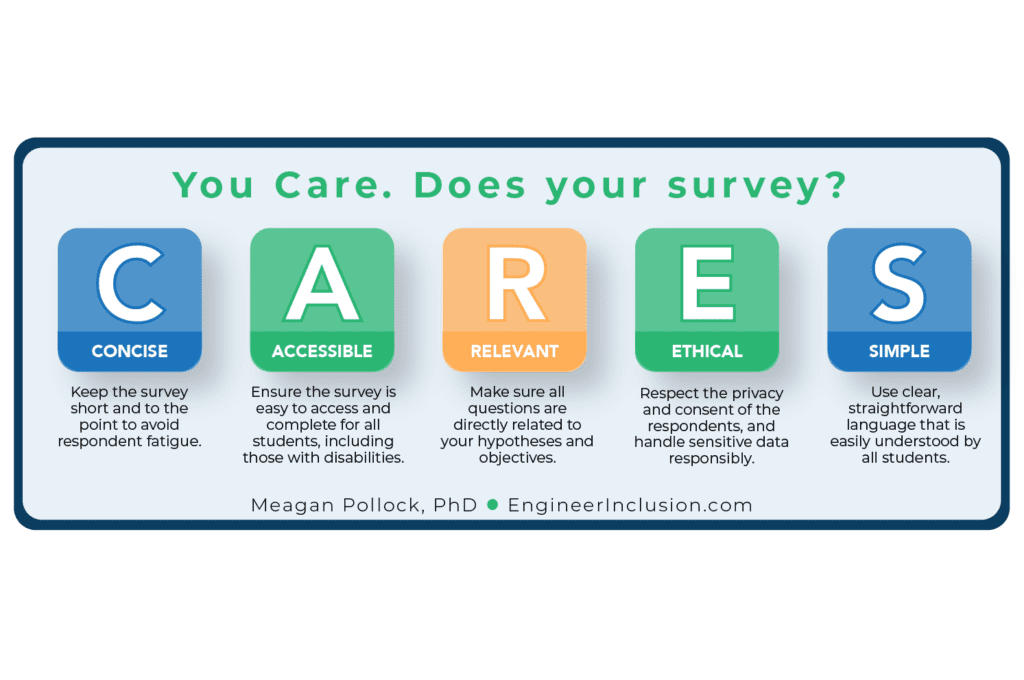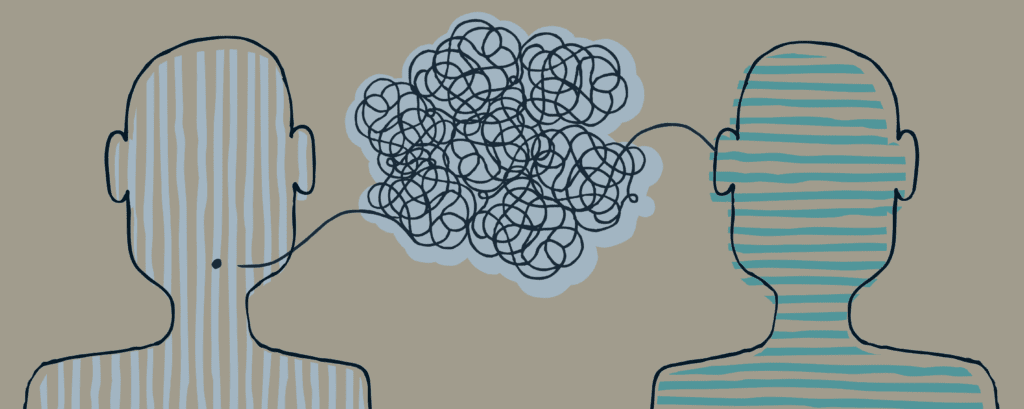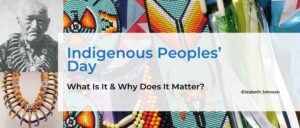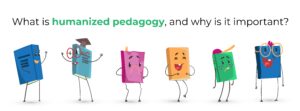In a world where innovation is the key to advancing fields of science, technology, engineering, and mathematics (STEM), how do we harness the boundless potential of creativity and experimentation? The “Innovating Minds: Creativity and Experimentation in STEM” panel brings together leading women in STEM to explore this very question. Dive into an engaging discussion that highlights the essential roles of creativity and experimentation in driving breakthroughs and fostering innovation within STEM fields. From personal stories of overcoming challenges to practical strategies for nurturing creativity, this article encapsulates the wisdom shared by these distinguished panelists. Plus, don’t miss the opportunity to watch the webinar recording included, offering firsthand insights from these innovators who are reshaping the landscape of STEM.
Creativity, to me, is a form of liberation. It's been my saving grace, allowing me to communicate ideas that I couldn't unpack verbally.
Dr. Chanel Beebe

Creativity is about tapping into something bigger and landing it into the world in a way that's new and exciting.
Dr. Joanna Nelson



Creativity is taking an intangible fantasy, integrating it with your passions and skills, and birthing it into reality to address a problem.
Dr. Fantasi Nicole
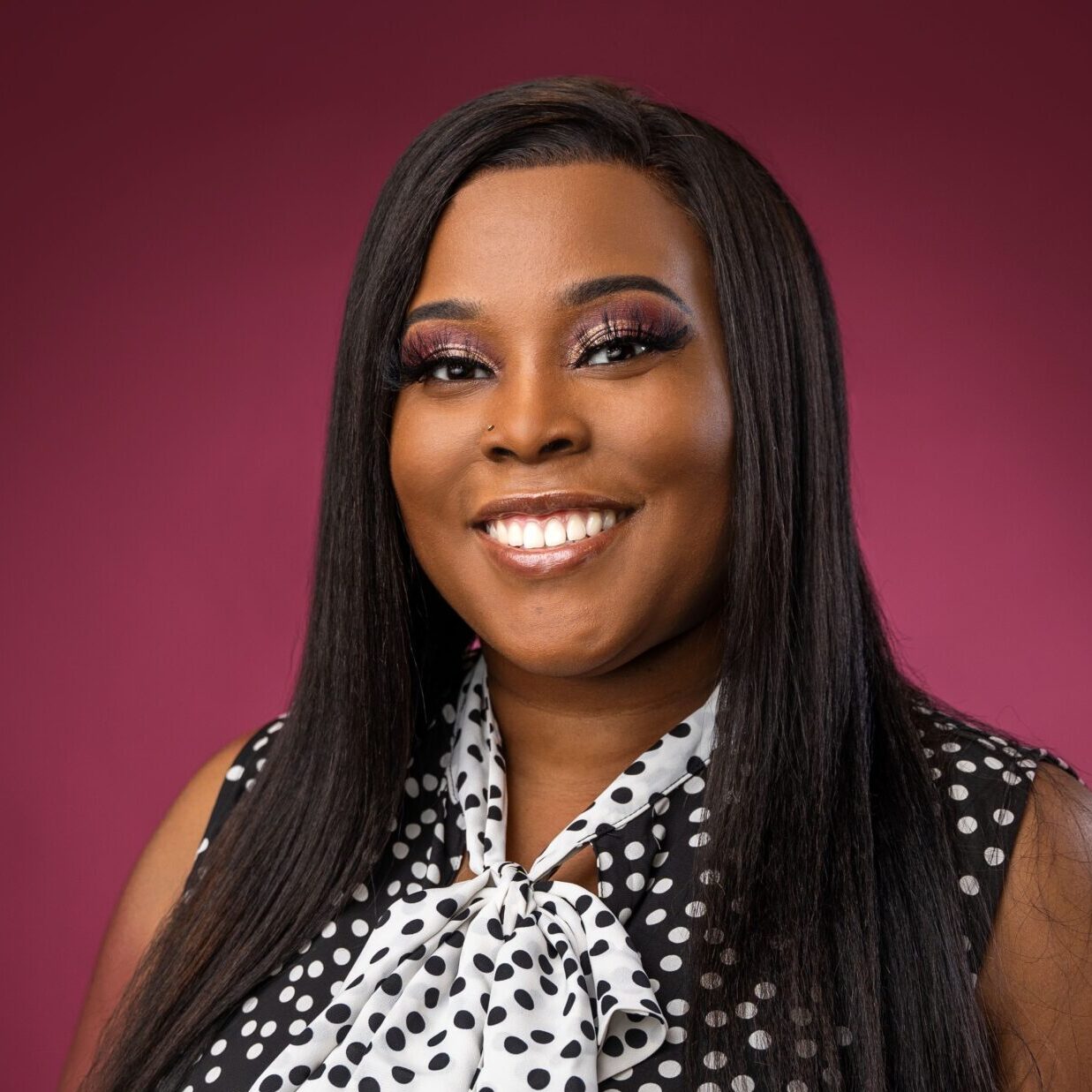


Creativity is the ability to think wherever I am about whatever I want, exploring the endless possibilities.
Dr. Pamela Leggett-Robinson
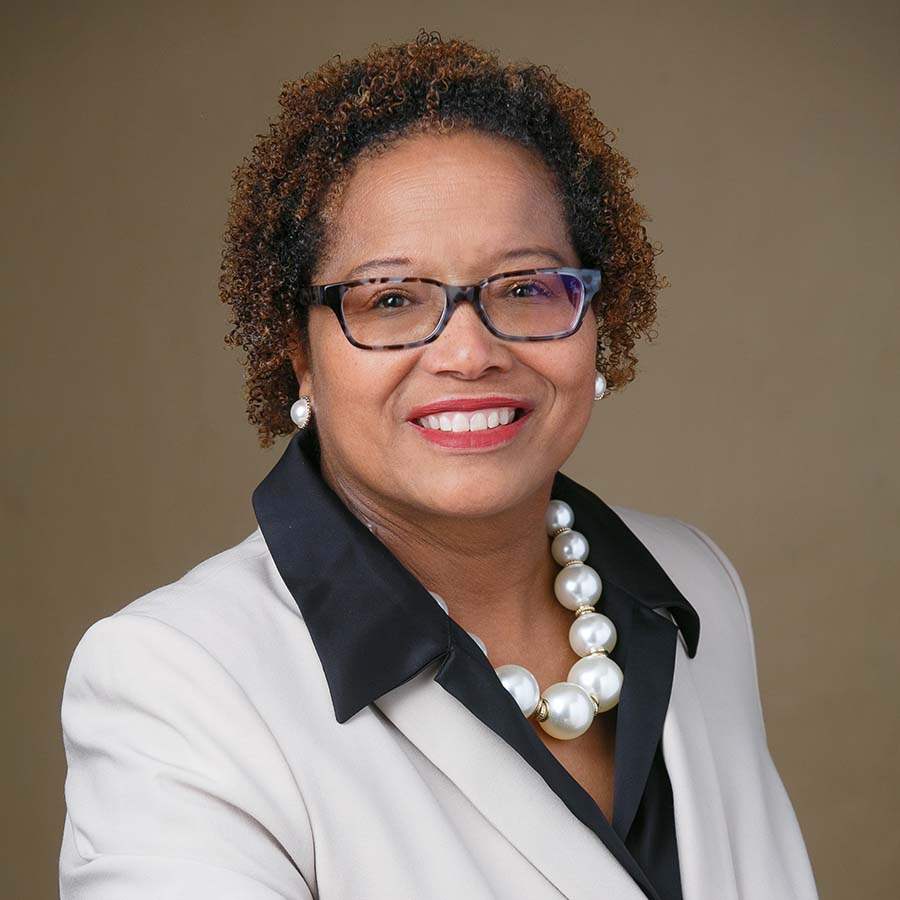


The “Innovating Minds: Creativity and Experimentation in STEM” panel brought together distinguished women leaders in STEM to discuss the indispensable roles of creativity and experimentation in fostering innovation. The session underscored creativity’s essence not just in ideation but in the practical application and refinement of ideas in the real world. Each panelist shared their unique perspectives, emphasizing the multifaceted nature of creativity, its power as a tool for liberation, and its significance in pushing the boundaries of traditional STEM fields.
Meet the Panelists
From the bustling streets of Detroit to the forefront of S.T.E.A.M. education, meet Dr. Chanel Beebe – the engineer turned socio-technical activist who’s engineering a better world through creativity and equity. Founder of Beebe Arts LLC, she’s not just shaping the future; she’s redesigning it.
Meet Dr. Joanna Nelson – an ecologist with a mission, from the headwaters to the sea. At the helm of LandSea Science and championing conservation with the Save the Redwoods League, she’s not just studying the environment; she’s fighting for it. With Indigenous communities by her side, she’s lighting the path for stewardship with science and soul.
Introducing Dr. Fantasi Nicole – a powerhouse of innovation and a champion for equitable learning. With a quartet of engineering degrees and a heart firmly rooted in community, she’s transforming the educational landscape one data point at a time. Get ready to be inspired by a leader who’s redefining what it means to learn and grow.
Dr. Pamela Leggett-Robinson, a trailblazer in STEM education is the mastermind behind PLR Consulting. With over two decades in academia and a knack for unlocking federal funds, she’s not just breaking barriers; she’s building bridges. From Atlanta to the academy, she’s paving the way for equity in STEM.
Watch the Panel


Recaps & Resources
Reflection on Personal Perspectives:
- How do the experiences shared by the panelists align with or differ from your own views on creativity and experimentation in STEM? Can you identify any barriers to creativity that you’ve encountered in your own educational journey, and how have you addressed them?
The Role of Creativity in Problem Solving:
- The panelists discussed how creativity is not just about generating new ideas but also about applying these ideas to solve real-world problems. Reflect on a project or problem you’ve encountered in your STEM studies. How could a creative approach change the outcome or process?
Diversity and Innovation:
- Diversity of thought and background was highlighted as a crucial element for innovation in STEM. Why do you think diverse perspectives contribute to more innovative solutions? Discuss an example from the webinar or your own experience where diversity led to a creative breakthrough.
Overcoming Creative Blocks:
- The panelists shared strategies for overcoming creative blocks and fostering a creative mindset. Reflect on a time when you faced a creative block in your studies or personal projects. Which strategy mentioned in the webinar do you think would have been most effective in overcoming this block, and why?
Applying Creativity Beyond STEM:
- Creativity is a versatile skill that applies beyond STEM fields. Based on the panelists’ insights, how do you see the principles of creativity and experimentation being applicable in other areas of your life or studies? Can you propose a non-STEM area or activity where these principles could lead to innovative outcomes?
- Creativity as Liberation and Expression: The panelists universally regarded creativity as a means of expressing and liberating oneself, highlighting its importance in both personal growth and professional innovation.
- Importance of Experimentation: Experimentation was celebrated as a critical component of the creative process, enabling the transformation of abstract ideas into tangible, impactful innovations.
- Diverse Perspectives Enhance Innovation: The diversity of thought and background among the panelists exemplified how varied perspectives contribute to richer, more innovative solutions in STEM fields.
- Challenges and Resistance: The speakers also touched on the challenges they faced, including resistance to non-traditional ideas and the struggle to balance creativity with analytical rigor, underscoring the importance of perseverance.
- Empowerment through Community: Building a supportive community was emphasized as crucial for nurturing creativity, with the panelists sharing how collaborations and connections have been instrumental in their success.
This event spotlighted the critical role of creativity and experimentation in advancing STEM fields, highlighting how breaking from traditional norms can lead to groundbreaking innovations. The panelists’ shared experiences and insights offered valuable lessons in leveraging creativity to navigate and reshape the STEM landscape.
The panelists offered several pieces of advice and recommendations for embracing creativity and experimentation in STEM, which are invaluable for professionals and students alike. Here are some distilled pieces of advice from the discussion:
Embrace Your Unique Perspective: Recognize that your unique background and way of thinking are assets in the creative process. Diversity in thought and experience fuels innovation in STEM fields.
Cultivate a Creative Mindset: Creativity is not just a natural talent but a skill that can be developed. Encourage yourself to think outside the box, question established norms, and explore new ideas without fear of failure.
Partner with Your Fear: Fear of failure or rejection can be a significant barrier to creativity. Learn to acknowledge your fears, understand their roots, and use them as a driving force rather than allowing them to inhibit your creativity.
Experimentation is Key: Don’t be afraid to try new things and make mistakes. Experimentation is a critical part of the creative process, allowing you to explore the viability of your ideas and learn from both successes and failures.
Find and Nurture Your Community: Building a supportive network is crucial for creative growth. Share your ideas, seek feedback, and collaborate with others. Your community can provide encouragement, inspiration, and new opportunities.
Leverage Creativity for Career Development: Use your creativity to shape your career path. Be open to where your creative and experimental ventures can take you, and don’t be confined by traditional career trajectories in STEM.
Protect and Value Your Creative Energy: Be mindful of where and how you expend your creative energy. Choose projects that align with your values and interests, and don’t be afraid to set boundaries to preserve your creativity for work that truly matters to you.
Measure Creativity and Experimentation: While creativity can be abstract, finding ways to measure the impact of your creative and experimental efforts can be beneficial, whether through qualitative feedback, quantitative outcomes, or personal reflection on growth and learning.
Persistence is Crucial: The path of creativity and innovation is often filled with challenges and setbacks. Persistence in the face of adversity is essential for turning creative ideas into tangible outcomes.
These recommendations emphasize the importance of embracing creativity and experimentation as integral components of personal and professional growth in STEM fields. They encourage individuals to push beyond traditional boundaries, engage with their fears and uncertainties, and actively seek out and contribute to supportive communities.
The panelists shared insightful techniques for fostering creativity and overcoming creative blocks that can be valuable for individuals in STEM fields. Here’s a synthesis of the advice given, which could be adapted and expanded upon in various professional and educational contexts:
TECHNIQUES FOR FOSTERING CREATIVITY:
- Diverse Experiences: Engage in activities outside your field of expertise. Diverse experiences can stimulate new ways of thinking and lead to innovative ideas.
- Collaboration and Networking: Work with people from different backgrounds and disciplines. Collaboration can introduce new perspectives and ideas that you might not have considered.
- Continuous Learning: Stay curious and keep learning. Attend workshops, read broadly, and explore new technologies and methodologies.
- Idea Journals: Keep a journal or digital note-taking app for ideas, sketches, and brainstorming. This practice helps capture fleeting thoughts and can serve as inspiration later.
- Creative Routines: Establish routines that encourage creativity, such as designated brainstorming sessions, walking meetings, or quiet reflection time. Find what best sparks your creative thinking.
- Play and Experimentation: Allow time for play and experimentation without the pressure of outcomes. This can lead to unexpected discoveries and innovations.
OVERCOMING CREATIVE BLOCKS:
- Break the Routine: Change your environment or routine to disrupt stagnant thinking patterns. A new setting can provide fresh inspiration and insights.
- Limit Constraints: Give yourself permission to think without constraints. Removing the fear of failure and judgment can free your mind to explore more creative solutions.
- Seek Feedback Early: Share your ideas with trusted colleagues or mentors early in the process. Feedback can help refine your ideas and overcome blocks.
- Mindfulness and Relaxation: Practices like meditation, deep breathing, or taking a walk can help clear your mind, reduce stress, and open up space for creative thinking.
- Creative Cross-Training: Engage in a completely different creative activity (e.g., painting, writing, music) to stimulate your brain in new ways. This cross-training can enhance problem-solving skills in your primary field.
- Reframe the Problem: Look at the problem from different perspectives or contexts. Reframing the challenge can lead to innovative solutions that weren’t apparent before.
These techniques emphasize the importance of creating an environment and mindset conducive to creativity. They recognize that overcoming creative blocks often requires stepping back, gaining new perspectives, and allowing oneself the freedom to explore without fear of failure.
Conclusion
As we wrap up our exploration of creativity and experimentation in STEM, it’s clear that these are not just supplementary skills but foundational elements that propel the field forward. The panelists have not only shared their invaluable experiences and insights but also underscored the importance of embracing our unique perspectives, engaging with our community, and persistently pushing the boundaries of what’s possible.
The journey of innovation in STEM is a testament to the power of creative minds coming together, questioning the status quo, and daring to imagine a future that transcends today’s limitations. Whether you’re a student just embarking on your STEM journey, a professional navigating the complexities of the field, or simply someone passionate about the potential of innovation, there’s a universal message: creativity and experimentation are your most powerful tools.
Let’s take these lessons to heart, nurturing our creative energies, fostering environments that encourage experimentation, and building a future where innovation knows no bounds. Remember, the path to breakthroughs and advancements in STEM is paved with the courage to experiment, the resilience to persevere through failures, and the vision to see beyond the conventional. So, let’s embark on this journey together, inspired by the panelists’ stories and armed with strategies to unlock our creative potential. The future of STEM is bright, and it’s ours to shape.
Watch the webinar recording to experience the full depth of the conversation and join us in championing the cause of creativity and experimentation in STEM. Together, we can push the boundaries of what’s possible and forge a path to a more innovative, inclusive, and inspired world.

